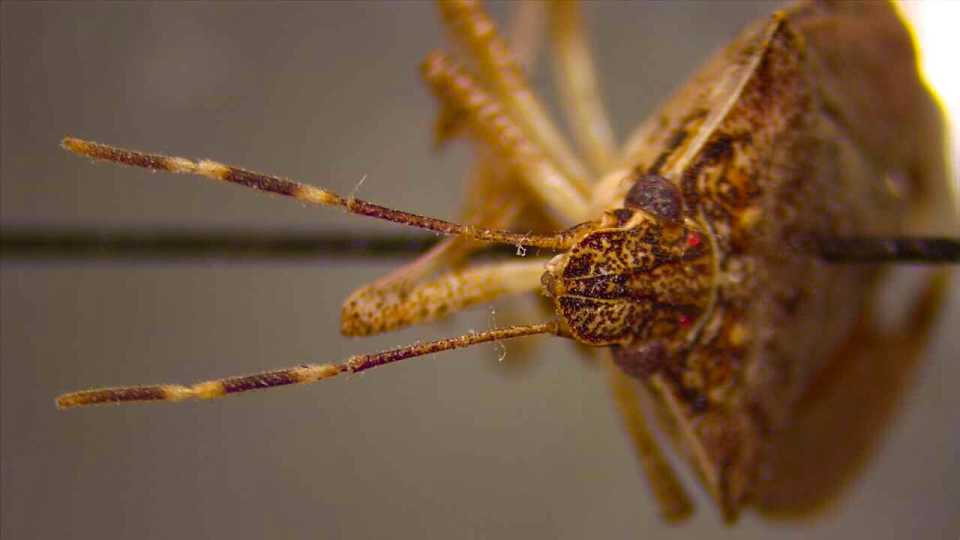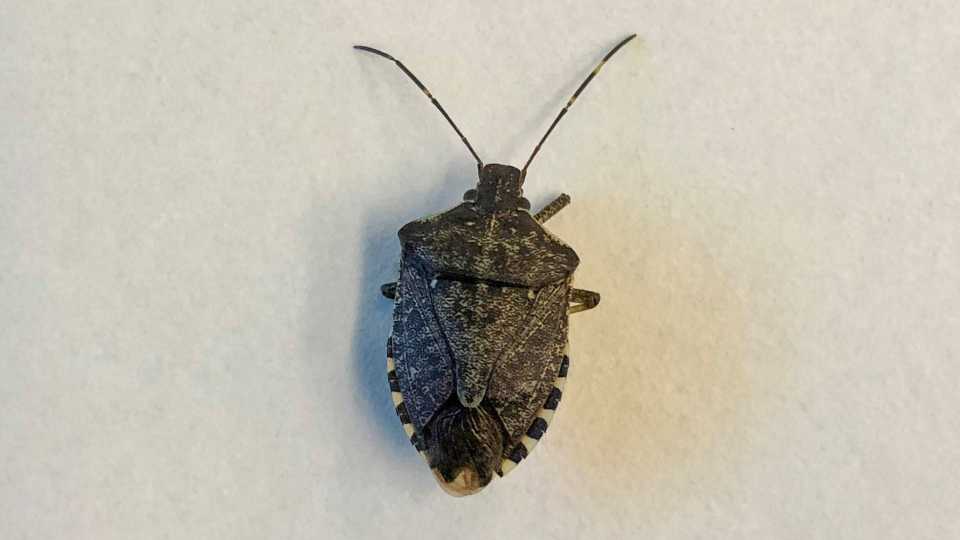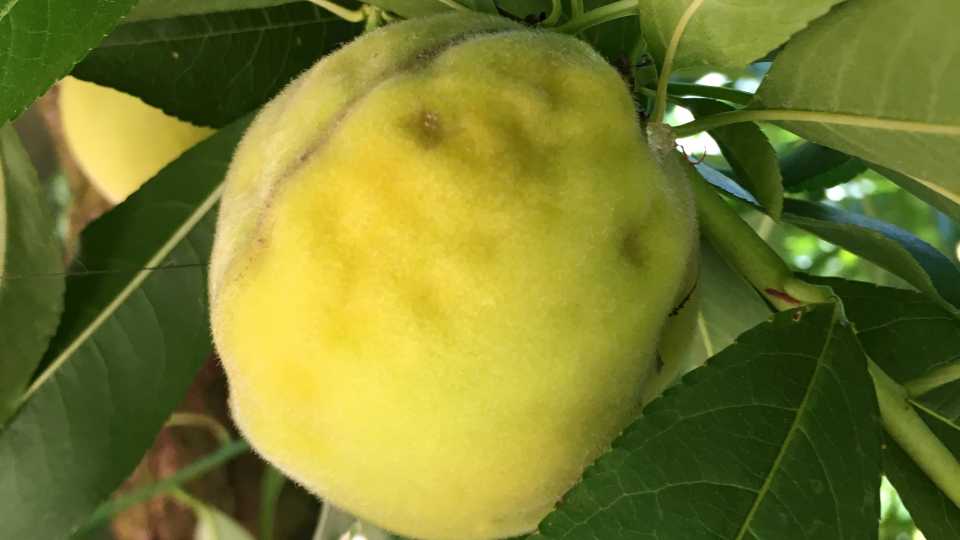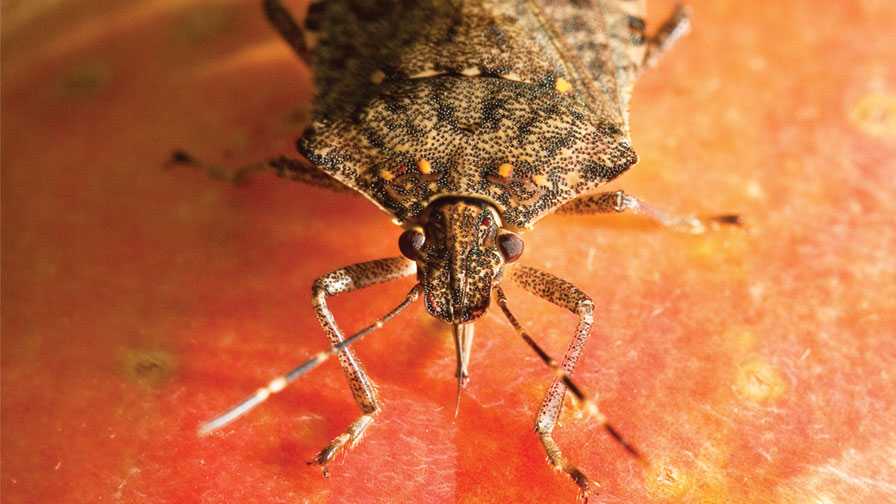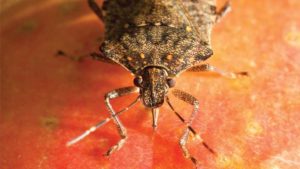Brown Marmorated Stink Bug Makes Way to Florida
It was only a matter of time, right? The dreaded brown marmorated stink bug is officially a new invasive pest for Florida. It joins a long list of crop protection’s most wanted in the state.
According to reports, first specimens of the pest identified in Leon County were collected in June by scientists at the Center for Viticulture and Small Fruit Research at Florida A&M University.
The species is native to Eastern Asia and can feed on more than 300 different plants.
Since its establishment in the U.S., the pest has caused millions of dollars of damage to several economically important crops, including vegetables, fruits, nuts, ornamentals, and row crops. Additionally, it can be an extreme nuisance in and around buildings.
The first confirmed sighting of the brown marmorated stink bug (BMSB) in the U.S. was near Allentown, PA in the mid-1990s. It has steadily spread to 46 states.
For now in North Florida, current research focuses on the pest’s biology, ecology, and behavior leading to the development of potential longer-term integrated pest management strategies and landscape level management solutions.
Here are some pest specs you should know, courtesy of StopBMSB.org:
IDENTIFICATION
While the adults blend in with tree bark, the nymphs are more brightly colored. BMSB has five nymphal stages ranging from 2.4 mm to 12 mm in length. Early-stage nymphs do not venture very far from the newly hatched egg mass. The legs and antennae of nymphs are black with white banding. Early-stage nymphs have dark reddish eyes and a yellow-reddish underbelly with black stripes.
SURVIVAL AND SPREAD
BMSB may be able to produce several broods in a single year, thus increasing the potential and duration of risk for crop damage.
It overwinters as adults in a protective sleeplike state, emerges in the spring, and begins mating in about two weeks. BMSB commonly mates multiple times, and the female may deposit as many as 486 eggs in a lifetime. Its light-green eggs are often laid on the underside of leaves, deposited in masses of approximately 28 eggs.
MANAGEMENT
Click here to download integrated pest management recommendations for brown marmorated stink bug in orchard crops, small fruit, and vegetables.




